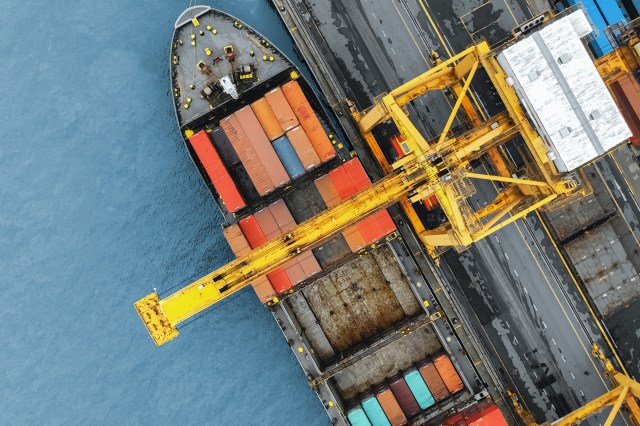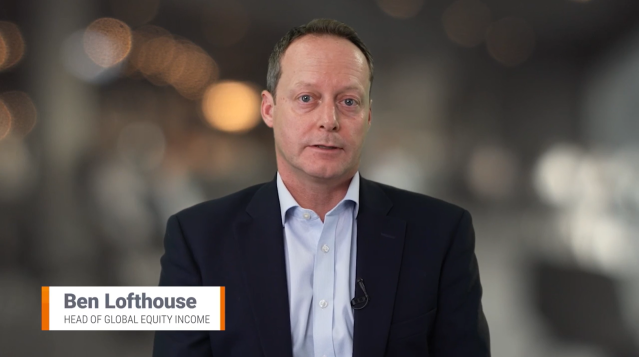Assessing credit markets as they respond to proposals for increased fiscal spending in Germany and a tonal shift at the ECB.
Insights
Our latest thinking on the themes shaping today’s investment landscape. Explore timely updates, quarterly features and in-depth analysis straight from our experts.
European securitisations are ‘risky’ given concentration and ‘opaque’, which transpires as myths when considering the clear diversity in its biggest sector, CLOs.
Assessing market reactions to the Trump administration’s recently imposed tariffs.
Lessons learned from Trump’s first term as post-election euphoria fades and the market enters its next phase of policy impacts and economic realities.
Highlights from NVIDIA’s most recent earnings call and the considerations for investors.
From ballots to banks and barracks – could this federal election mark the end of stagnation for Europe’s powerhouse economy?
Securitisations are mislabelled as 'risky’ and ‘illiquid’, but in reality help investors access attractive risk-adjusted returns, improve diversification and manage duration risk.
Can the European luxury goods market meet the needs of aspirational consumers in 2025?
Our Head of Global Equity Income shares insights on market trends, highlighting a cautiously optimistic outlook for the year ahead.
Ranking the best-performing U.S. fixed income sectors of 2024.
How India is leveraging government reforms and innovation to position itself to deliver strong economic and earnings growth.










